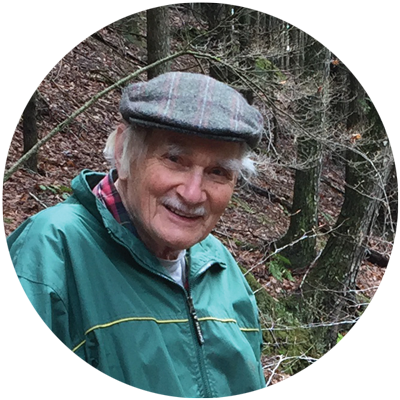Home > Climate News >
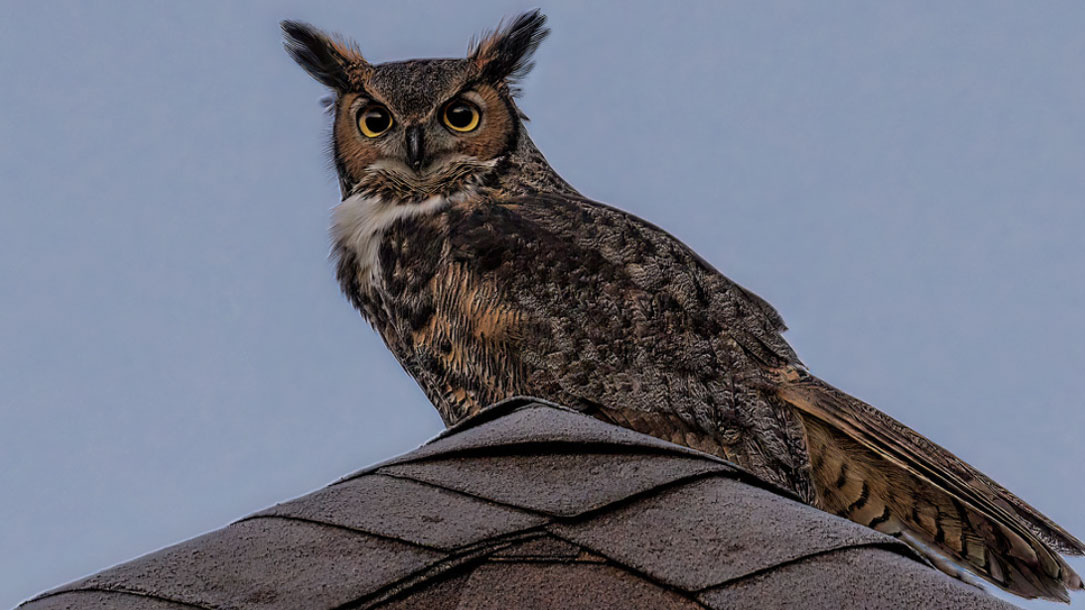
Reflections from Judy, March 2024
I’ve been thinking about you, our collective efforts to slow down climate change, and the challenge of dealing with unexpected changes.
Last year was one of the hardest of my life; I lost six people who were very close to me, including someone I had worked with when I was the executive director of a land trust.
None of these deaths were expected; all felt like they were a shock with little, or no, advance warning. As a result, I found I needed to pull back and focus on the day-to-day as I tried to grapple with sorrow. Added to that was a bout with Covid and another three-week virus that left me humbled.
The silver lining is that I’m now a more compassionate and empathic person. I understand grief, including climate grief, more deeply and the need to make this world and our communities more welcoming and supportive.
Since last May, I have planned to send you this climate eNews each month. Each month, it has become more evident that we need to sharpen our focus on slowing down climate change. This month, I am reactivating my climate eNews to support, and inspire, you and others to think outside the box, reflect on the facts and science, and find time to join me as we take meaningful action to bring comfort, support, and compassion to our climate work… while there is still time.
Thank you for caring and for being committed to learning and adapting to the change we need. I offer the following articles to share with others, inspire action, and rethink assumptions.
Best,

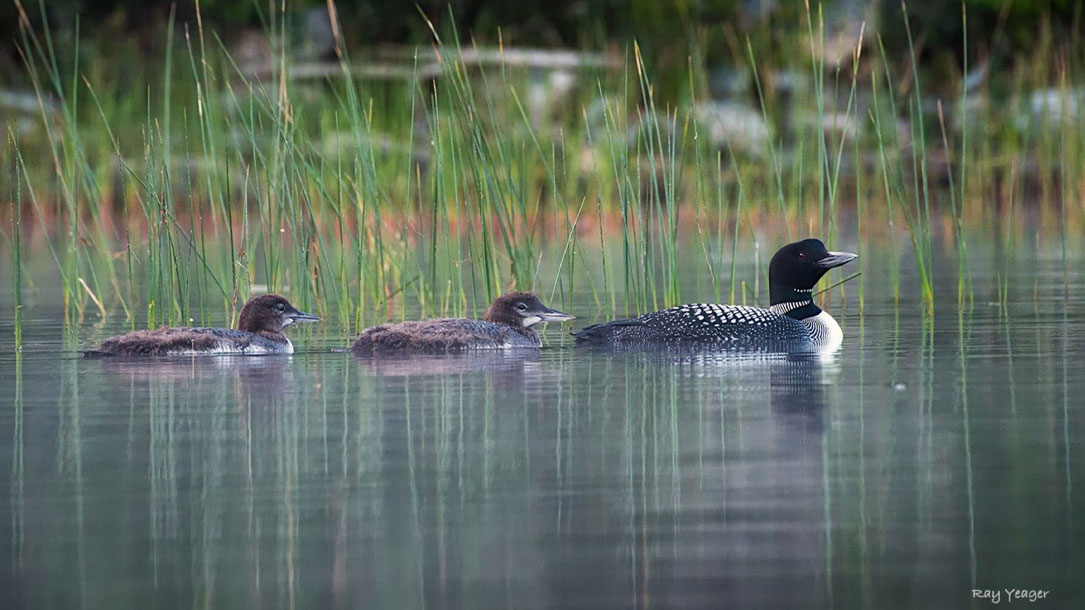
Reflections from Judy, May 2023
I’ve been noticing something interesting happening around the topic of climate change.
People are starting to talk about it more, at least in the land conservation community. Granted, many focus on natural climate solutions because it’s what they’re most familiar with.
But the realization is sinking in that if we don’t slow down climate change soon, the nature and farms we are working to conserve are at risk. This calls for innovation and rethinking what needs to happen to save the places we love.
It’s also why climate action needs to be focused on what people can relate to in an authentic way — with solutions they can trust, and to which they can relate.
You might appreciate the report, Climate Change in the American Mind: Politics & Policy, from December 2022. You also may want to check out Dr. Katharine Hayhoe’s video (below) about how to talk climate in a “red” state.
Perhaps most importantly, we need to help people connect the dots between how climate change is impacting them — and the meaningful and creative solutions we already have to slow it down.
I selected the articles below because I think they shake up some standard assumptions and might provide you with a place to start a discussion on the changes that need to happen, at scale.
Thanks for caring. Thanks for taking action.
Best,

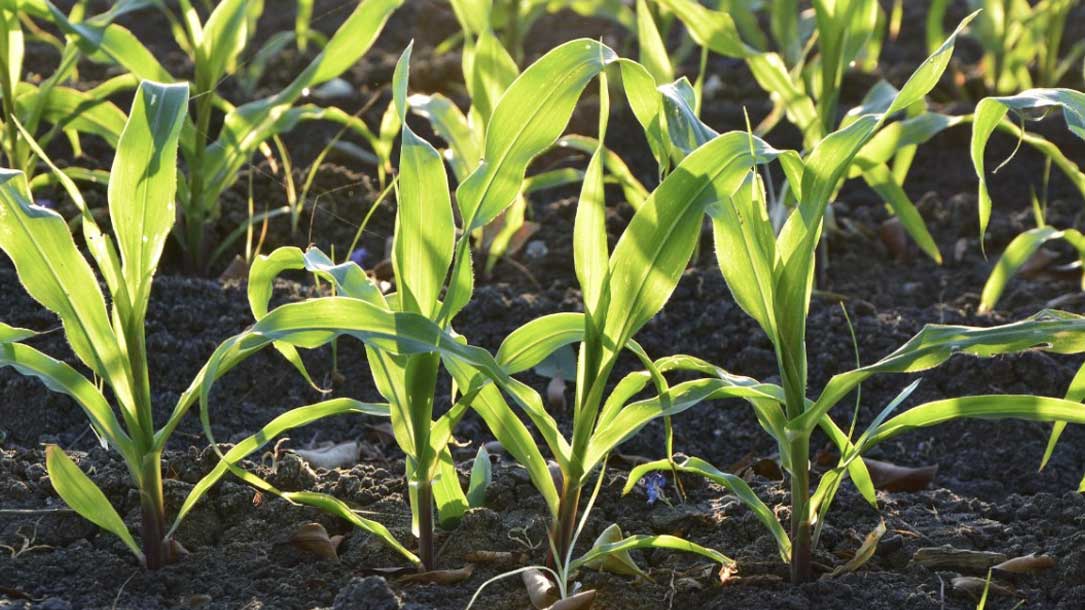
Reflections from Judy, March 2023
Have you found that sometimes there’s a disconnect between what we say we want to do around climate change and the actions we are taking?
Exactly.
Which is why this month’s articles help provide solution-based approaches to climate change while addressing some of the inconsistencies.
I think you’ll appreciate Dr. Katharine Hayhoe’s short video (below) on why a few degrees of overall climate temperature change is a big deal — and it might allow you to explain it to others in terms that resonate. I find it useful to share with others, too.
Also, check out the recently announced funding to support agriculture as part of the climate solution.
That’s good news, as many farmers and ranchers want to be part of the solution, and this funding will support them in that transition.
Then there’s the webinar below on innovative agrivoltaics (solar and farming). I’ve signed up, and I hope you will too. If all goes well, they will explain how solar can work with farming to make it more viable, enhance soil health, and manage climate stress.
Talking about this sort of thing (Farmer First Solar) can feel awkward if you haven’t seen it. But it’s real. Sometimes it’s easier to forget to mention that farms, forests, and the lands and waters we love depend on a thoughtful transition away from fossil fuels. But if we don’t talk about it — and demand it — that’s kind of like false advertising, and ultimately, land and water conservation efforts won’t succeed.
Which is why I appreciate you, and why I send out this eNews. Together, we can create the change that needs to happen. Thanks for caring.
Best,

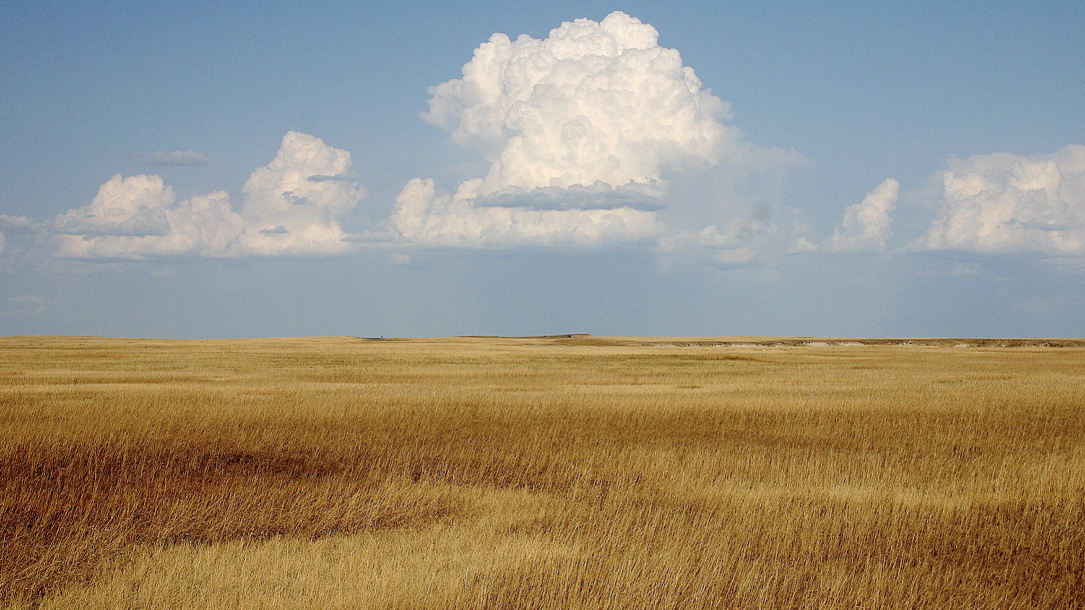
Reflections for land trusts, March 2023
I’m wondering if you’ve been talking with family and friends about nature-based climate solutions. Many folks are unaware that nature-based solutions — the farms and ranches; prairies and grasslands; woodlands and forests; and our streams, wetlands, and waterways — can, and often do, play a critical role in slowing down climate change.
A study by The Nature Conservancy and others is often cited as evidence that nature-based climate solutions could slow down climate change by as much as 37% worldwide. That’s assuming we transition off fossil fuels in a significant way within the next 10 years, so as to avoid overly stressing the plants and landscapes that are at the heart of natural climate solutions.
It’s a relationship in which we need nature and farms/ranches — and they needs us — to slow down climate change before it reaches a tipping point.
The good news is there’s going to be significant funding for nature-based climate solutions (that includes farm and ranchlands) and renewable energy.
As land trusts help to lead the way in nature-based climate solutions they are also beginning to provide examples of renewable energy solutions that work with the land, rather than against it.
Solar is a great example. It can boost farm and ranch viability and increase soil health, water management, and economic stability for farmers through designs that allow the land to be actively used for crops, grazing, large animals, and orchards.
Yet timing remains an issue.
Many folks aren’t aware that there is a carbon “budget.” Once we hit that level of climate pollution it will be difficult to scale it back in a manner that will avoid large-scale devastation to many of the plants, animals, farms, ranches — and our communities — as we know them. At the current rate of emissions, this budget would be exceeded in just nine years.
It’s up to us to let people know what the carbon budget is and that we can make a difference together — with personal and policy actions tapping into the technology, research, and know-how we have now.
Best,

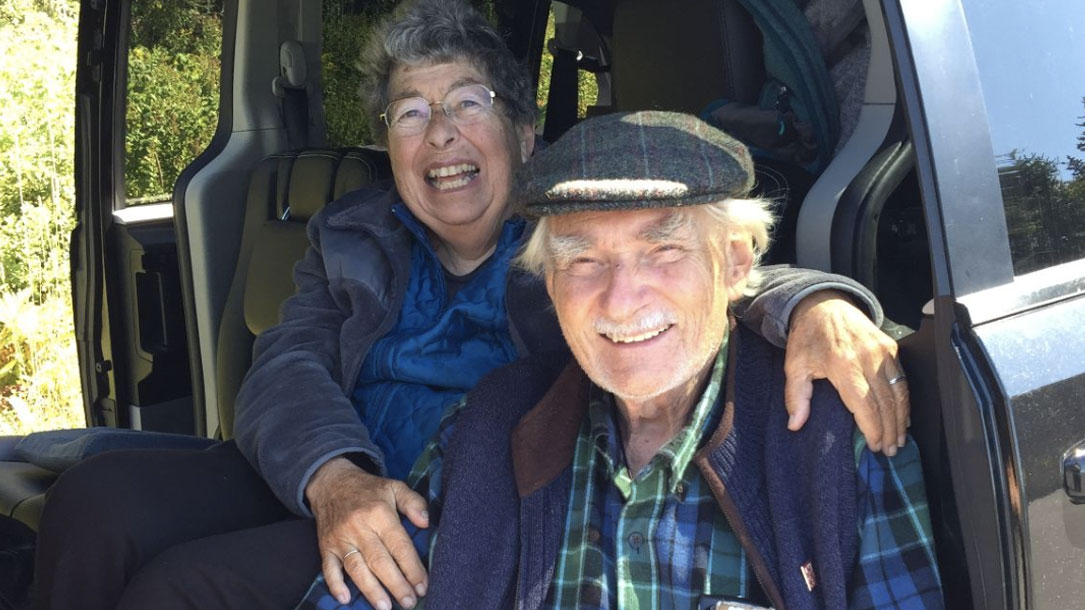
Reflections from Judy, February 2023
There’s some good news related to nature-based climate solutions as well as research that makes it clear that we need to invest in renewables for nature-based solutions to live up to their full potential.
By nature-based climate solutions, I mean farms and ranches, prairies and grasslands, forests and woodlands, waters, marshlands, wetlands…and urban trees. Soil health is often talked about as an important part of the climate solution — or part of the climate problem.
Below you’ll find a variety of articles including “alley farming”, solar and agriculture, and the importance of urban trees.
You may be interested in a new study regarding how biodiversity can safeguard birds in a changing climate.
But if you only have time for ONE THING, I recommend you watch the short talk by Frank Luntz about words to use or lose when talking about climate change. He’s a GOP communication specialist who is now credited with refining how climate framing can connect with more people. He’ll tell you more about his past when you watch the video.
I’ll be interested in your thoughts. Thanks for caring.
Best,


Reflections from Judy, January 2023
I hope this email finds you safe and well. With extreme weather happening regularly throughout the country, it’s increasingly important for us to check in on one another.
I’m hearing and reading about a general sense of fatigue, in part because of climate change. I thought you might appreciate this article, “The Great Exhaustion: Long-Lasting Pandemic Effects.” While the author isn’t thinking about climate change, we will need to factor in what it’s like to live in today’s world and how to remain positive.
So, what can you do?
Find time to be outside, in nature, at parks, and on trails. Local food is another great way to connect with area farmers and ranchers — and make a difference in slowing down climate change.
Reach out to family and friends. Reserve time to be sad and regroup; denial isn’t helpful nor healthy. Look for bright spots of change and solutions.
And talk about climate change in ways that connect to shared values; suggest small personal actions and include community, regional, statewide, and national solutions. Be willing to shift your own paradigms as new solutions come into view.
I’ve dedicated my career to land conservation — that’s why I’m finding it important to link well-designed renewables, including Farmer First solar, to the health and well-being of our communities, farms, lands, and waters.
The Inflation Reduction Act (IRA bill) can help increase land and water conservation, as well as nature-based and renewable energy solutions.
For nonprofits, including land trusts, the IRA bill will effectively allow these organizations, such as affordable housing developers, community-based organizations, and state, local, and tribal governments, to receive the benefits of the Investment Tax Credit as an upfront payment rather than a tax credit.
And, of course, the IRA bill has considerable funding for nature-based climate solutions.
Thank you for being part of this change. It’s a team effort. Together we can help share new insights, solutions, and progress in slowing down climate change.
Best,

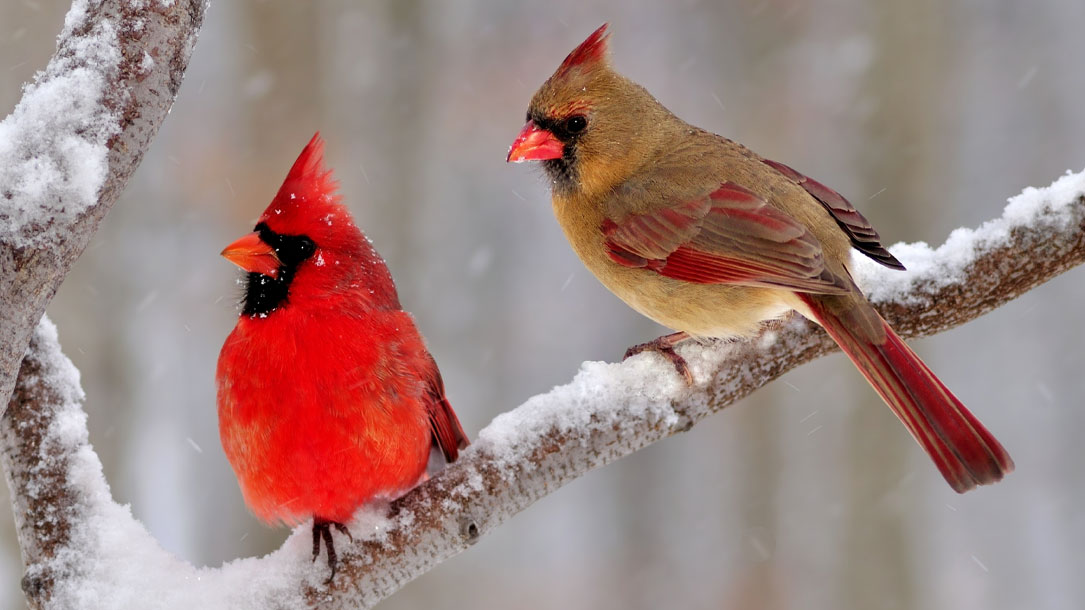
Reflections for land trusts, December 2022
As winter nears (or, in places like upstate New York where over six feet of snow fell in less than two days), we are hunkering down.
I’ve got our bird feeders up.
There seem to be more birds this year than in the past, which might be a good thing given that we’ve lost more than 1/3 of our bird population in North America to climate change, pesticides, and habitat loss.
I think I’m going to ask for birdseed for Christmas as I’m spending mornings before work, lunchtimes, and now a mid-afternoon break watching the birds. It’s cheaper than climate therapy and might be more impactful.
Indeed, birds are not only a gateway to conservation. They are also a healthy antidote to anxiety, depression, social isolation, general grumpiness, and malaise.
As the days grow shorter, finding joy in birds and the future of the lands and waters is important.
Slowing down climate change can’t be in isolation. Part of our work in land conservation is to bring joy, comfort, and solace to those who need it most. Together, we are working towards a new year with healthier lands, cleaner waters, happier people, and welcoming communities.
Best,

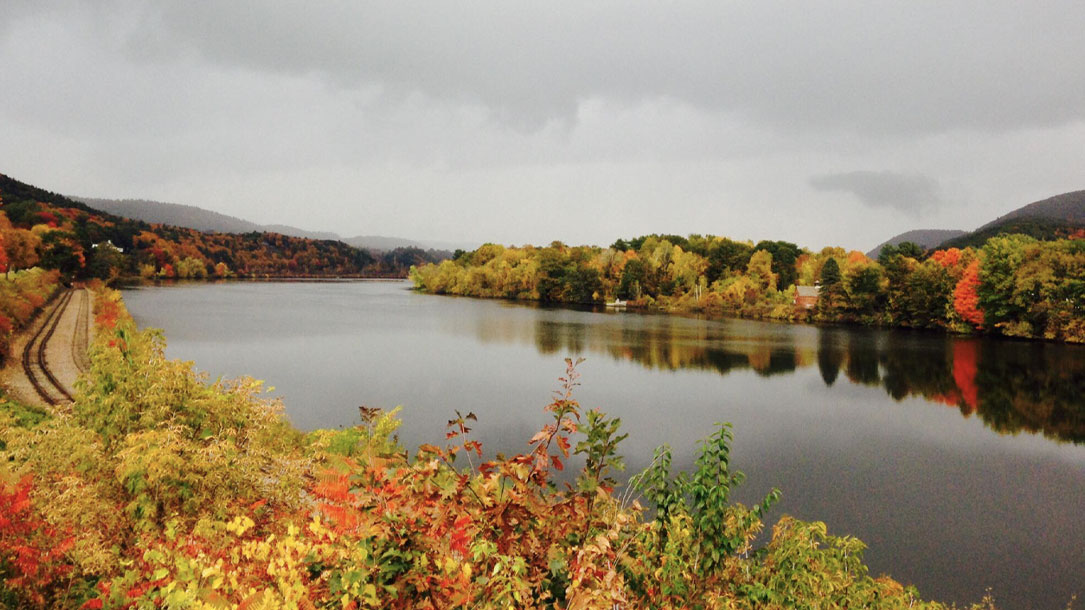
Reflections from Judy, November 2022
There’s some good news.
We are seeing more discussion of the drivers behind coastal flooding in the south, erratic weather all over the country, and the stress of trying to farm when droughts, floods, and unsettled weather means a “100-year” event can (and likely will) happen multiple times in a decade or generation.
There’s a realization that what we are witnessing is likely just the beginning of what we can expect if we don’t slow climate change down.
That’s actually a refreshing perspective.
We now face a window of time to encourage communities, friends, and neighbors to support natural climate solutions (soil, grasslands, woodlands, forests, wetlands, and streams) and transition away from fossil fuels as soon as possible.
Sometimes we forget the urgency involved, and there’s a desire to move slowly to figure it out as we go along. Or, as often vocalized by land conservationists, a desire to wait to install ground-mounted solar until all rooftops have solar, for example.
That perspective isn’t practical because of the timeline involved in what is called our “climate budget.”
We know we will need nature-based solutions and renewables to slow down climate change in a timely manner. We also know that ground-mounted renewables can work as partners with farmers if designed appropriately.
So, what’s a climate budget?
It’s related to how fast the Carbon Clock is ticking: how much CO2 can be released into the atmosphere to limit global warming to a maximum of 1.5°C and 2°C, respectively.
Check out this interactive website.
With just one click, you can compare the estimates for both temperature targets and see how much time is left in each scenario.
The work we are doing collectively to slow down climate change in a manner that enhances the lives of those who need us most is more timely than ever.
Together, we are giving voice to the need to change our perspectives on how we take action — and how fast we need to do that — to save what we can for future generations.
Thank you for being part of this change.
Best,

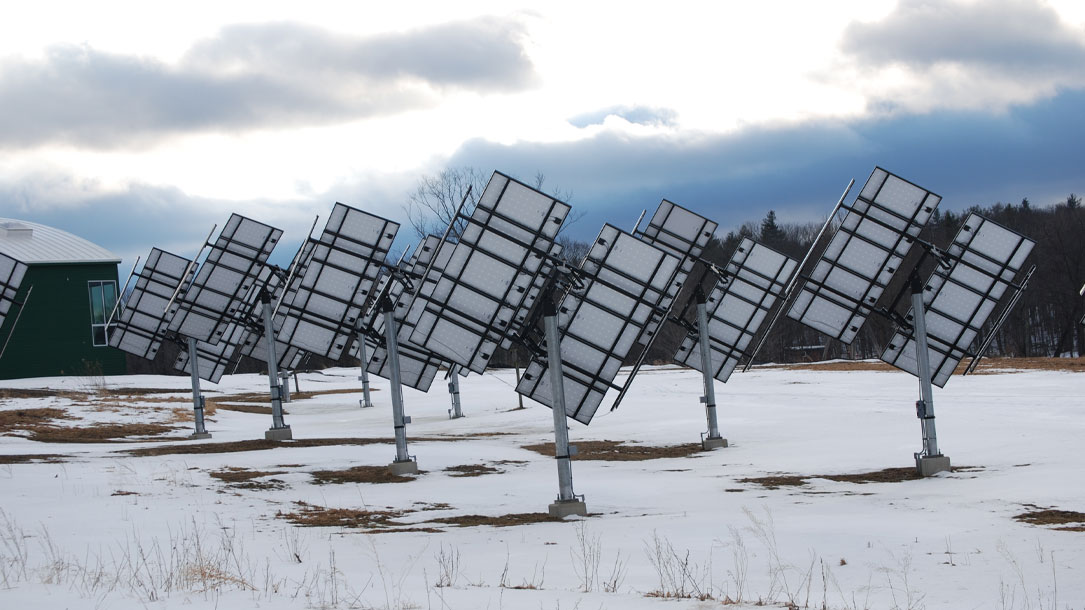
Reflections for land trusts, November 2022
As we head into the election it will be telling to see where we end up as a country, and as a state, in relation to slowing down climate change and finding common ground. I’m keeping my fingers crossed that the NYS Bond Act will pass with flying colors.
Regardless, there’s an opportunity for land trusts to stand out and continue their effort to make a difference. Innovation has long been seen as “the American way,” and the work of land trusts is no exception.
No longer is land conservation a narrowly focused transaction-based approach.
Today’s land trusts are now defined by innovation, holistic thinking, evolving science, strategic risk-taking, ramping up the pace, and becoming more inclusive.
The Inflation Reduction Act provides additional opportunities for nonprofits, including land trusts, to innovate around climate solutions. You will find incentives that address nature-based and agricultural solutions as well as room to expand on compatible renewable energy.
As part of this effort, I’m looking for examples of land trusts working to establish elevated solar projects to demonstrate how this approach is an important tool for agricultural viability and can enhance soil health and support vulnerable pollinators.
If you know of land trusts thinking about this, let me know. I’d like to talk to them to learn more.
Best,

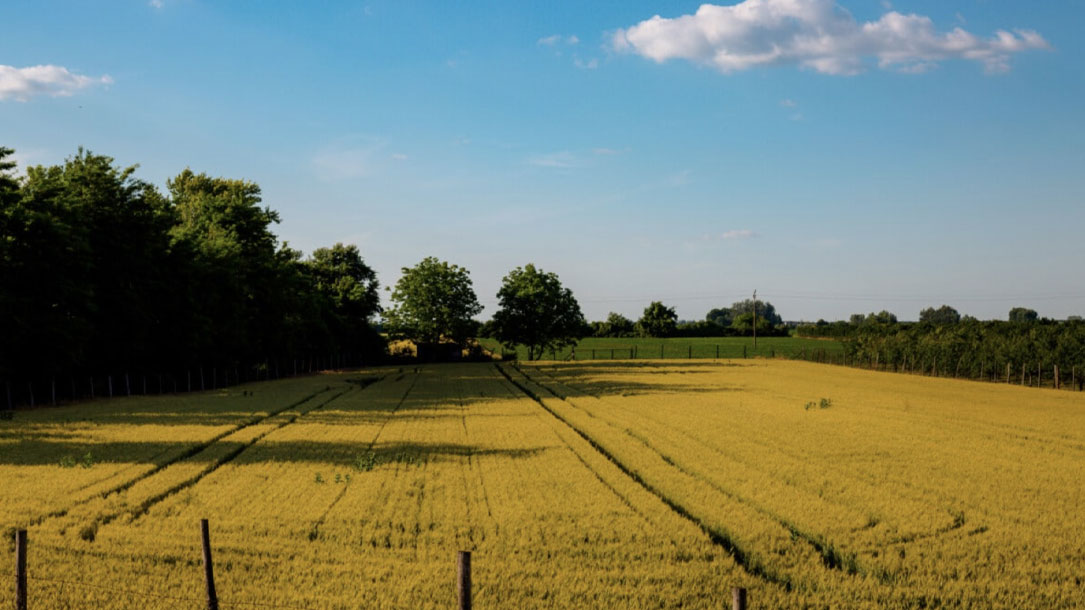
Reflections from Judy, October 2022
There’s been so much in the news about climate change over the last month that it’s been a challenge to decide what to share with you in this issue.
Nature-based climate solutions continue to be of strong interest to land conservationists, communities, and farmers. There’s a growing opportunity to tap into these evolving practices as well as changes in management.
Farmers, healthy soils, and regenerative agriculture are now widely seen as part of the climate solution, with funding provided by the Inflation Reduction Act (scroll down if you click on that link).
As part of this effort, given the pace needed for change and the increasing stress on American agriculture, states and municipalities across the country are exploring ways to integrate solar as a tool for soil health, farm viability, and water management. Land trusts and communities are increasing their efforts to lead in this direction as well.
You are part of this change, too.
By helping those you know understand how natural climate solutions and compatible renewable energy is connected, we can collectively step up the pace to conserve the land that matters to many while ensuring its viability for generations to come.
Best,




